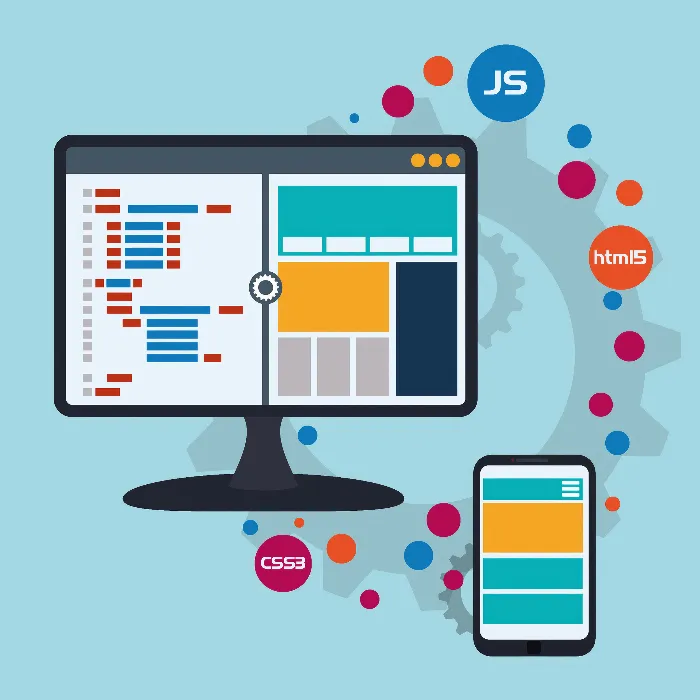Anyone who deals with programming is often confronted with the term object orientation. But what is behind this concept? In this text guide, you will learn that object-oriented programming is not just a theoretical construct, but an effective approach that allows you to design your programs intuitively and structurally. You will learn to understand objects as central building blocks of your software and how they can revolutionize your programming practice.
Key Findings
- Object orientation is based on structuring and organizing information in the form of objects.
- Each object has properties (nouns/adjectives) and functions (verbs), which enable interactions to be performed.
- The nesting of objects allows for a hierarchical structure that supports data encapsulation.
Step-by-Step Guide
Step 1: Understanding Basic Concepts
Start by clarifying the basic terms of object orientation. An object represents an entity in your software that has both properties and functions. The properties are attributes that describe the object (e.g., color, size), while the functions represent the actions that the object can perform.
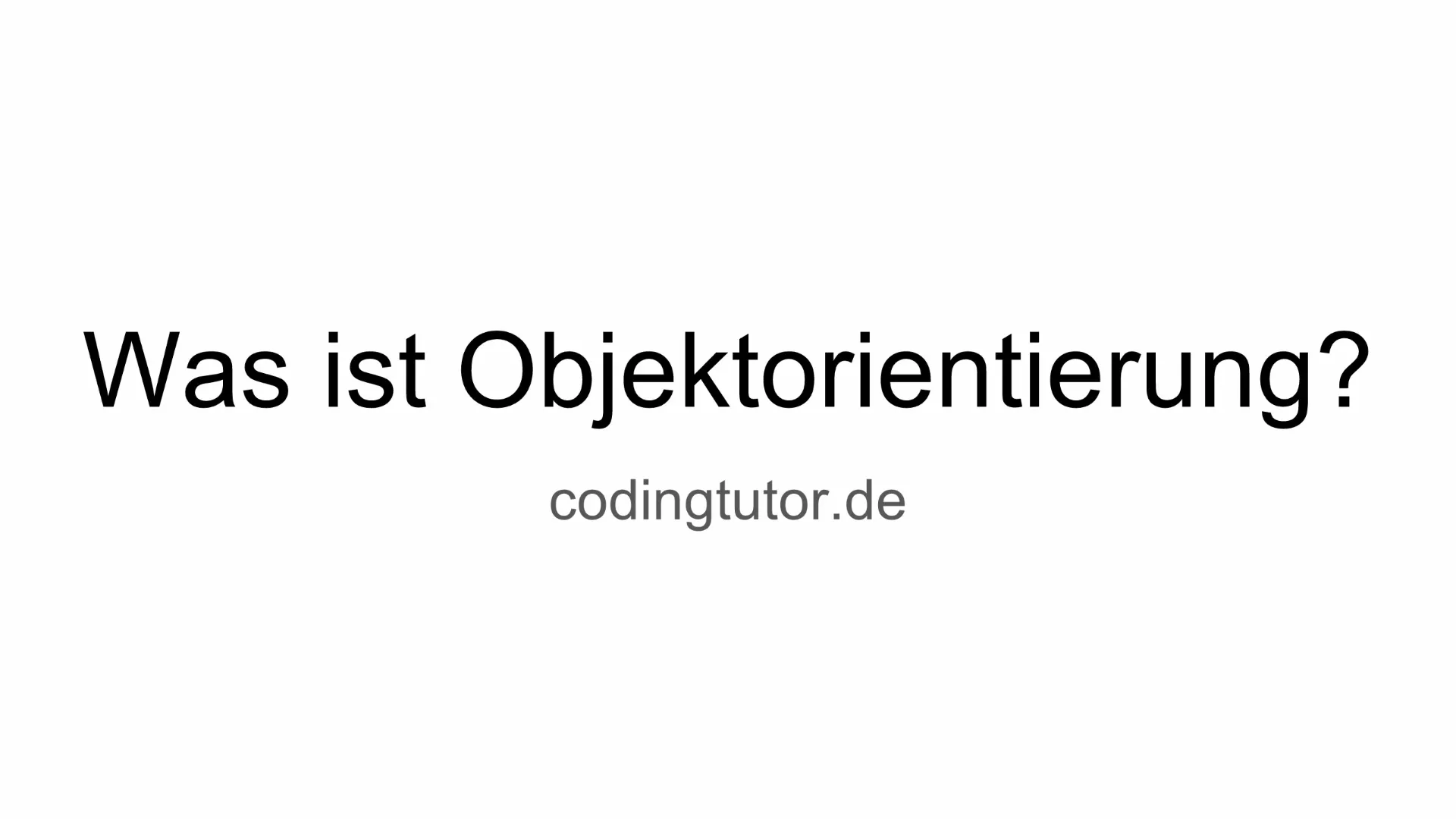
Step 2: Identifying Objects in the Real World
To better understand object orientation, consider the objects in your surroundings. A table is an example of an object. You can describe it with properties like "material" or "color," and it can have functions like "supporting objects" or "moving".
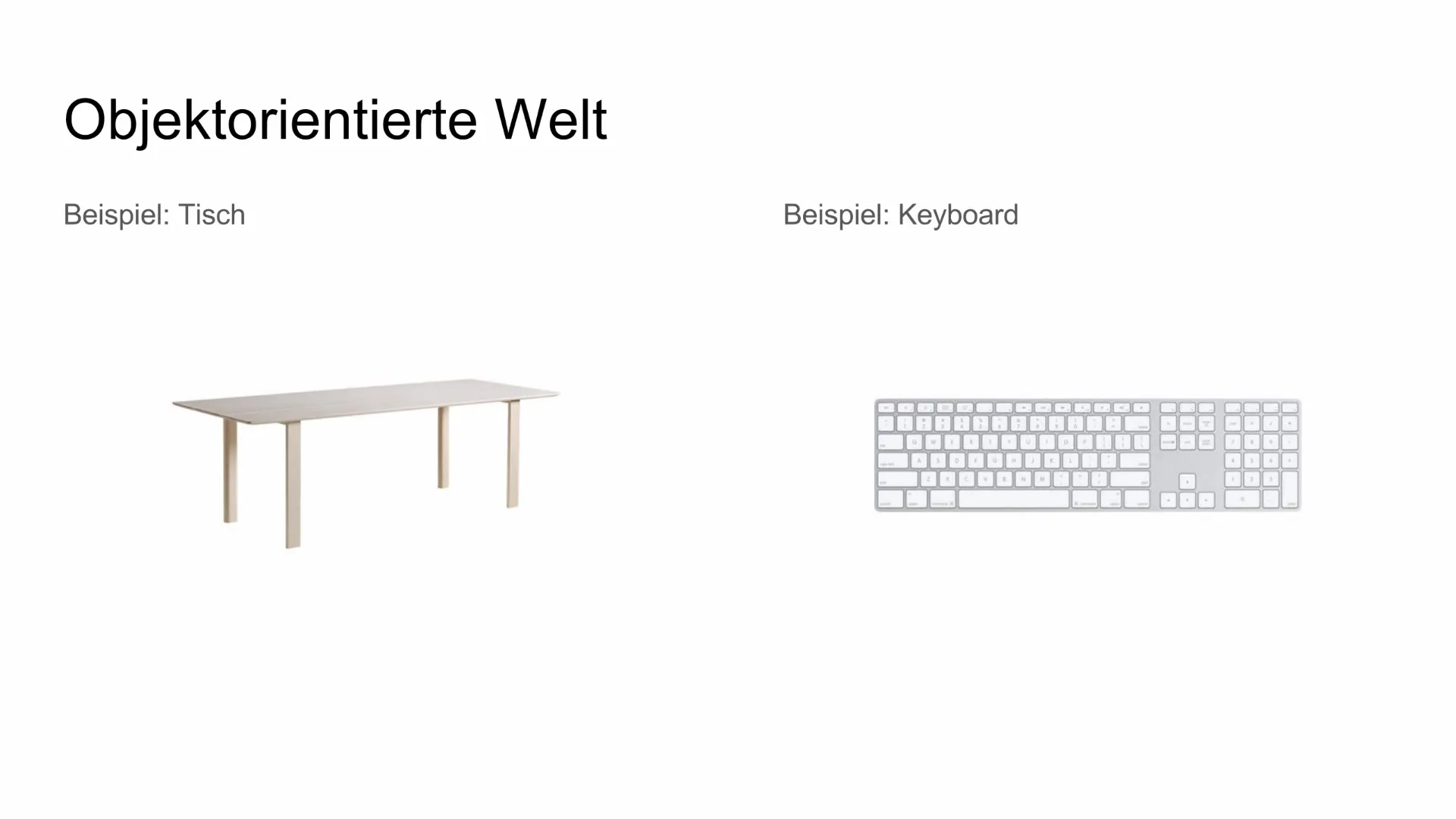
Step 3: Defining Properties and Functions
For programming relevant objects, it is crucial to clearly define their properties and functions. Take the aforementioned keyboard: It can have properties like "keyboard layout" and "color." Functions could include pressing the keys. You decide which of these attributes are relevant for your program.
Step 4: Objects and Their Identity
Each object has a unique identity defined by specific characteristics and functions. Ask yourself what makes the object unique. For a person, for example, this could be the name or date of birth.
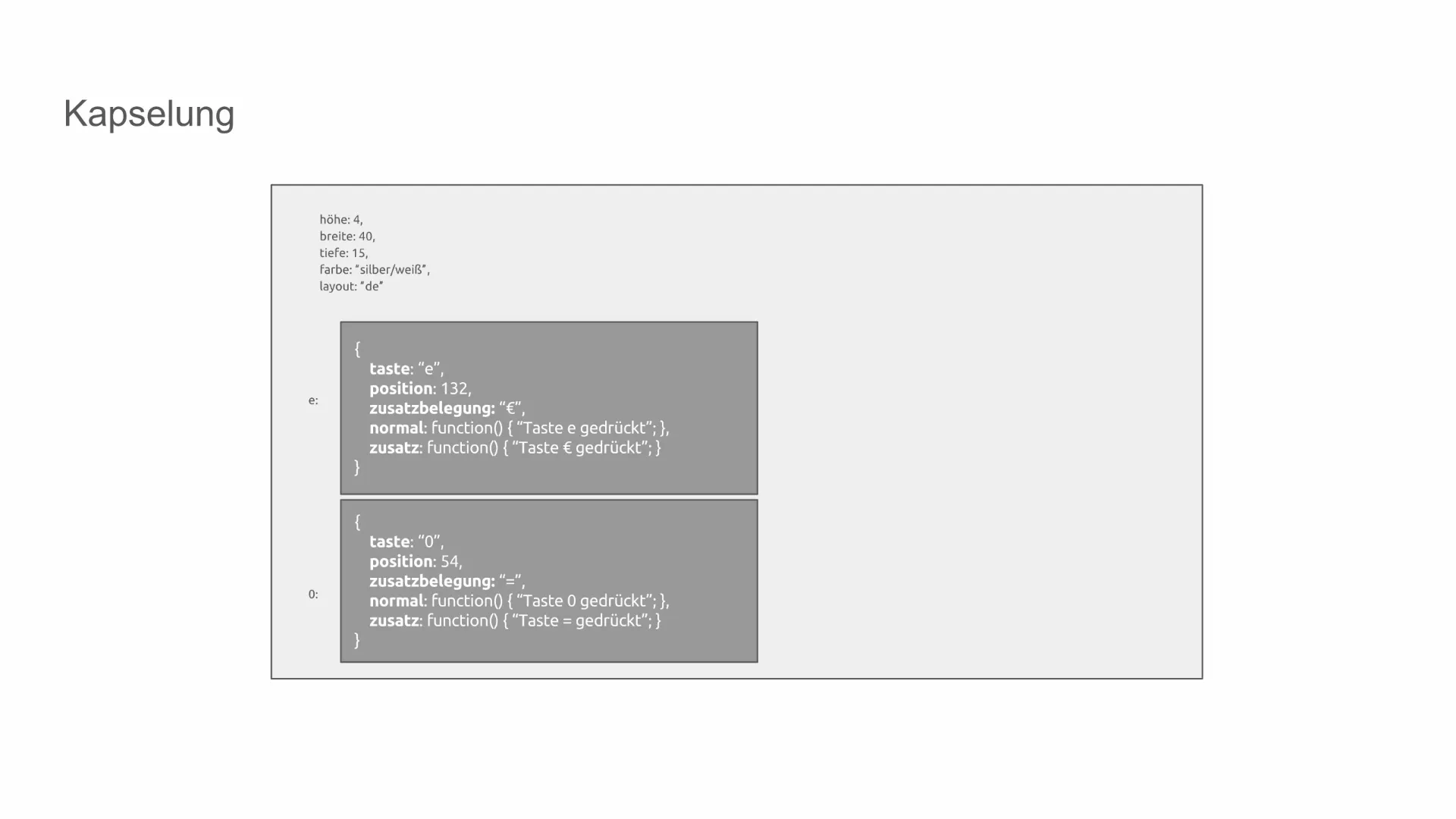
Step 5: Exemplary Representation of Objects
When designing your objects, you should think of concrete examples to gain a better understanding. For example, in Photoshop, the graphics are objects that have properties like position and size and functions to edit them.
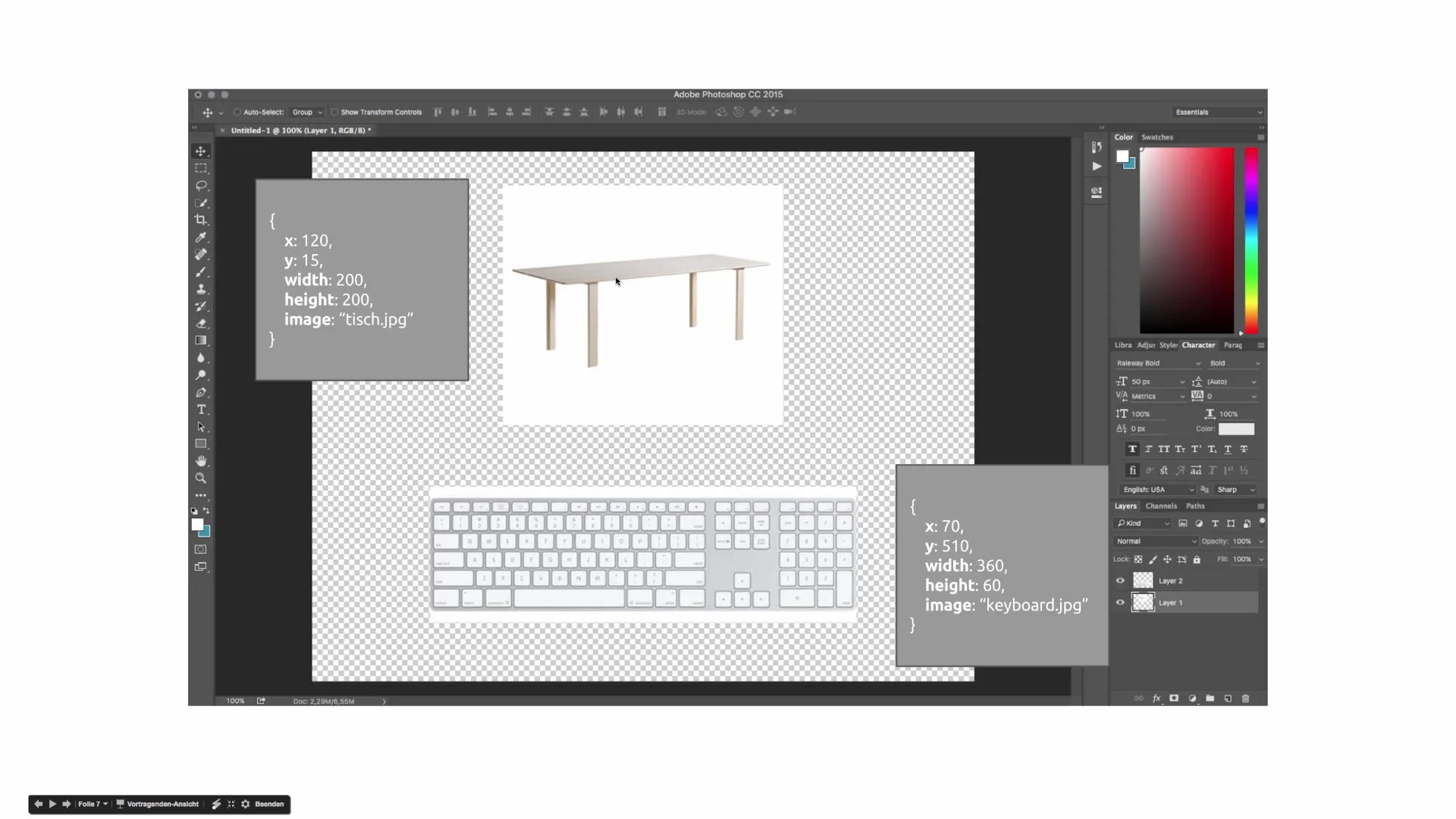
Step 6: Hierarchical Structure and Nesting
Learn the concepts of nesting and data encapsulation. Objects can contain other objects, creating a hierarchical structure. Take the keyboard as an example: It has keys that function as objects themselves, and each key has its own properties and functions.
Step 7: Identifying Candidates for Objects
To determine if something can be an object, you can use the sentence “... is a...”. If this sentence works, you have a potential candidate for an object. For example: “A bank account is an object.”
Step 8: The Role of Object Orientation in Programming
Object-oriented programming allows for the effective abstraction and management of complex software systems. You work with methods based on objects, allowing you to perform interactions, such as money transfers in banking, by simply calling these methods.
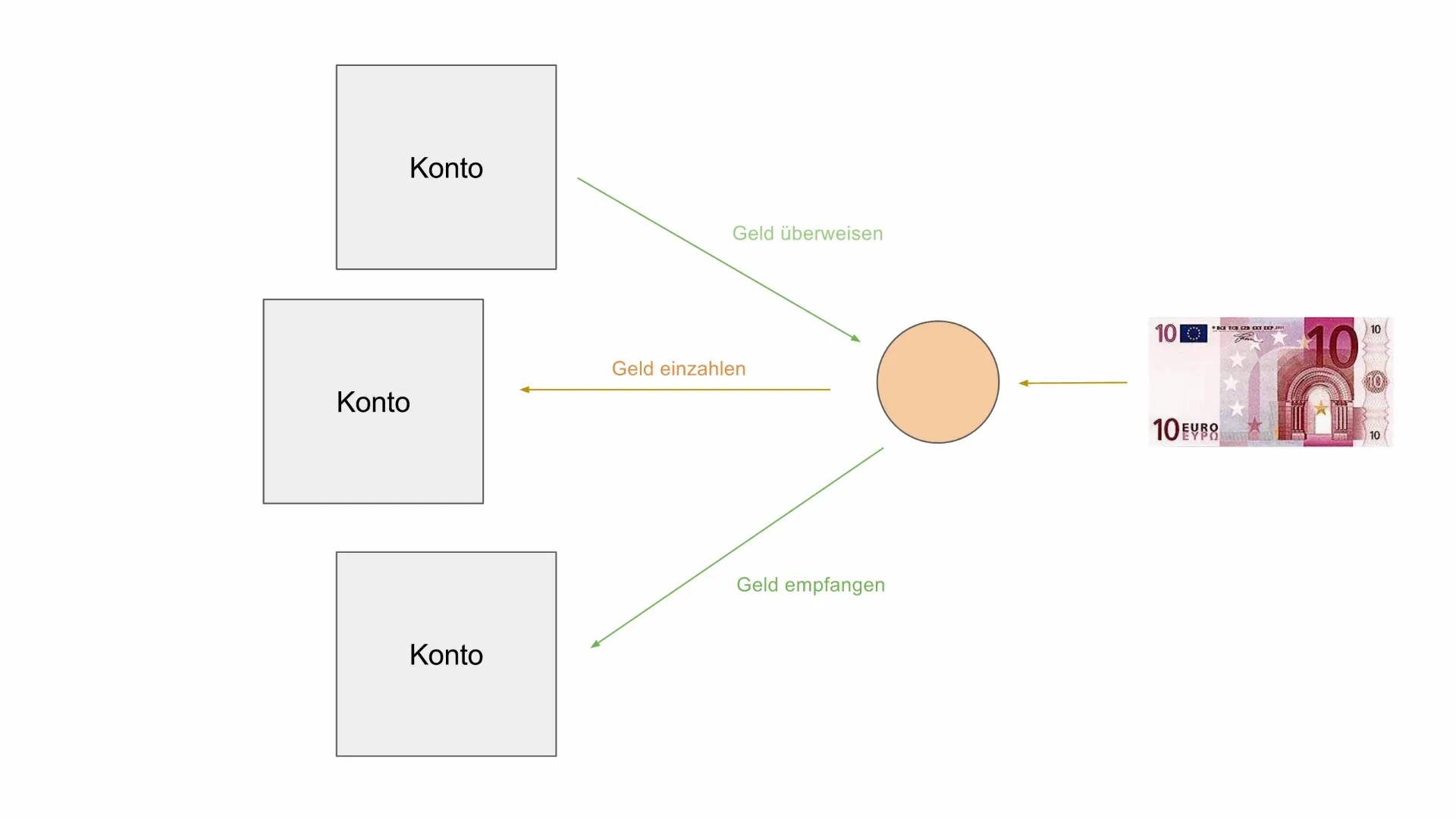
Summary - Object Orientation for Beginners: A Comprehensive Overview
Object orientation is a central concept in software programming that allows for the reduction of program complexity by mimicking real objects. Defining properties and functions is crucial, and through the nesting of objects, you can create a powerful and structured system.
Frequently Asked Questions
What is object orientation?Object orientation is a programming paradigm in which data is organized as objects that have properties and functions.
How do I define an object?An object is defined by its properties (attributes) and functions (methods).
Why is object orientation useful?It promotes modularity, reusability, and readability of code, making software development more efficient.
How do I identify objects in the program?Use the sentence “... is a...” to check if something can be considered an object.
What role do properties play in object orientation?Properties describe the attributes of an object and help define its state.
